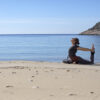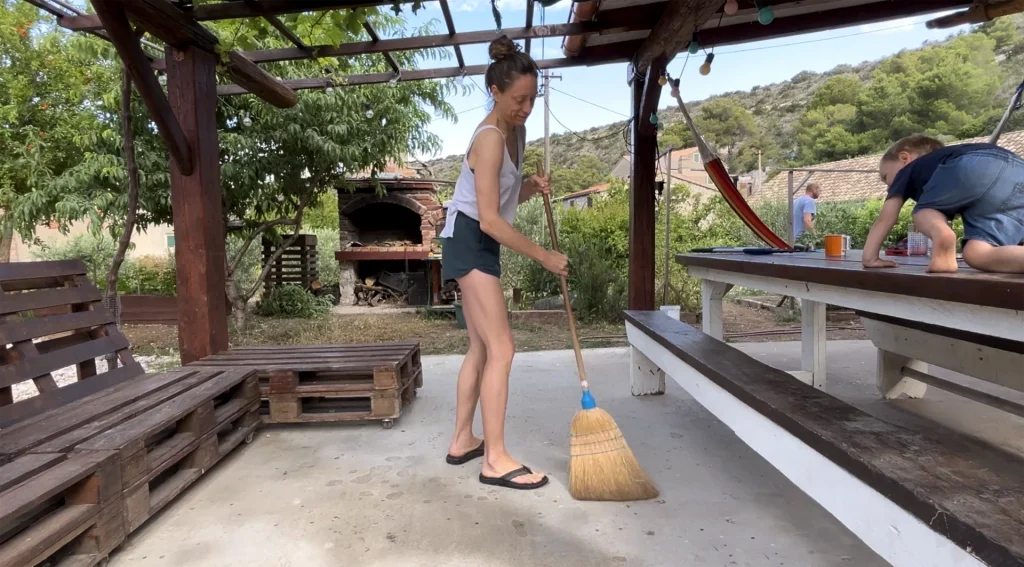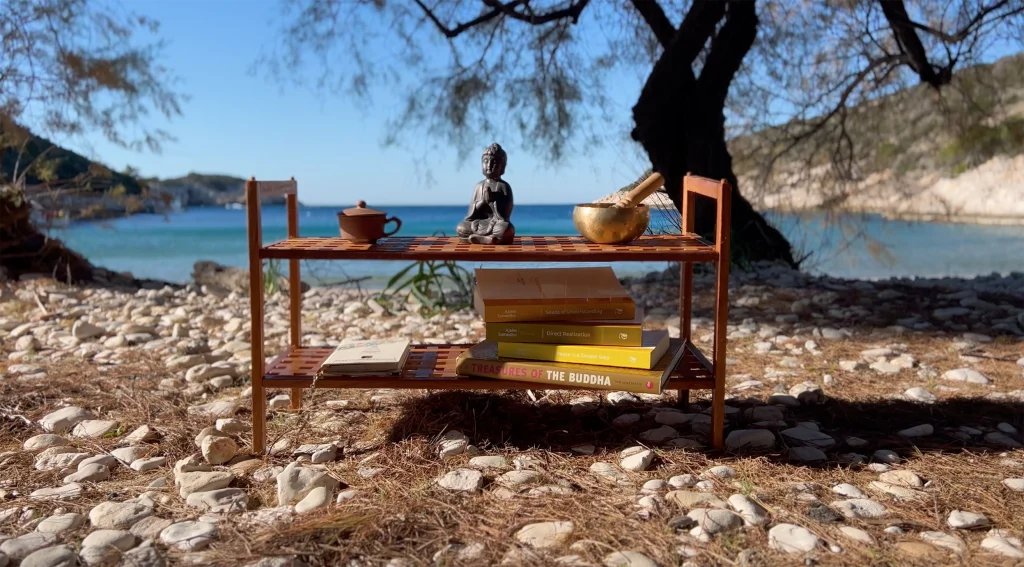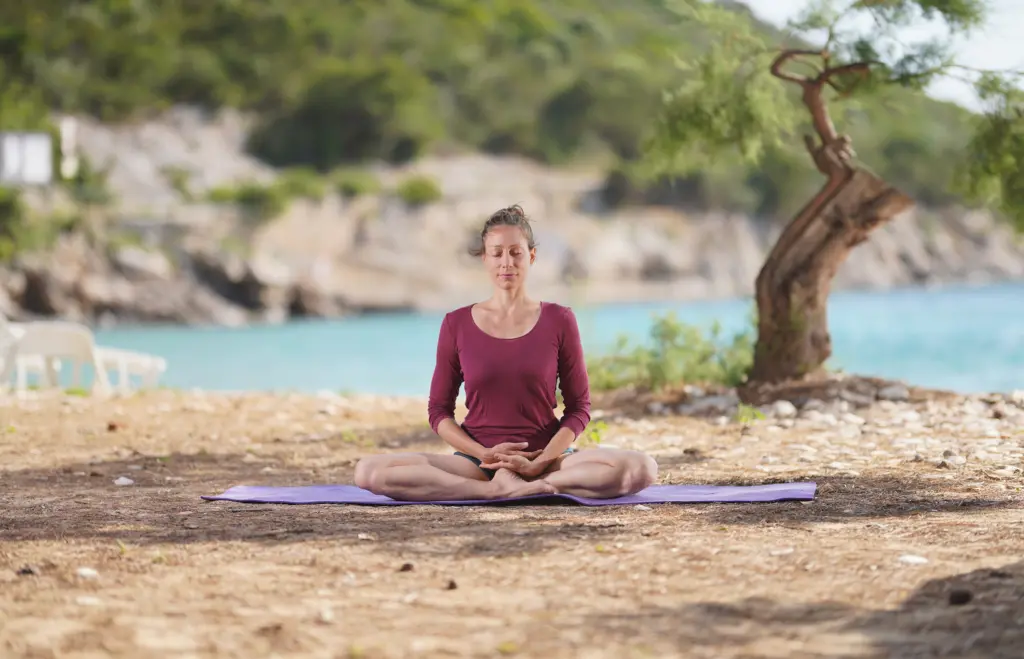The chakra system
With a yogic lifestyle, we strive to be free from pain and illness (emotional or physical). Freedom to live life to the fullest to express our nature, fulfill our purpose, do what we are good at and what we love, and to have constructive relationships with other living beings and the environment.
Freedom in this context means the absence of patterns of action that influence and spin us in a blind circle of auto-reactivity (samsara) – therefore freedom from our inner “terrorists”.
Like any holistic yoga philosophy, it offers various approaches to establishing this life path, one of the methodologies is the chakra system.
Chakras are illustrated as points of light in colors, mandalas and vortexes, which can confuse us because it seems mystical, but there is a simple scientific basis behind the chakras. A system according to which parts of the body, including glands and organs located in a certain area, are connected to life actions, emotions, beliefs and will. The body produces energy, literally, it produces heat, strength, through metabolic processes it transforms one type of matter into another, creates new life, converts oxygen… Different parts of the body and different tissues are responsible for different transformations, and the chakras are arranged in such a way as to explain the 7 main centers of “production” of energy.
How a certain part of the body produces energy and how efficiently it does so results in health and ability or vice versa. That is why health and body energy are closely linked. This is also the thesis according to which Ayurveda heals.
Yoga promotes the option that we can manage the energies in our body and know how to direct them. Similar to electrical energy, which is abundant in nature, but before Tesla we did not know how to “tame” and direct it so that we could have it in the wires in the walls and use it every day. In the same way, our body produces energy that circulates all the time and if there are no problems, we do not need to intervene, but if there is, we can train it and learn to manage it, become our own master (thoughts and emotions produce energy just like the muscles of the body).
The reason we use this schematic approach to the body is to understand the aspects and needs of our being as well as the “invisible patterns” of action, and to find the cause of our dissatisfactions or even illnesses.
It is a completely holistic approach because the body and mind are one, one in the other, and through body movement with contemplation and meditation we can change deep unconscious beliefs.
Modern methods such as Body-Oriented Therapy, Somatic Psychotherapy, Cognitive Behavioral Therapy, Art Therapy, Coaching, etc. are approaches that also include both the body and mind for treatment, but they speak a language that is perhaps a little closer to us. The chakra methodology has the same goal as the Western approach, but uses a different presentation. It mainly comes down to firstly awareness, because if we don’t see we can’t intervene, and secondly to understanding/forgiving/accepting with compassion. This is our medicine, the recipe is simple, and to implement it we need to make an effort and use the methods that our ancestors have explored so far to help themselves.
From Saturday, April 2, 2022, the cycle of awareness of the 7 aspects of being – chakras begins, in which we will systematically go through each chakra for 7 Saturdays in a row through movement, conversation, questions, affirmations and meditation. On the first Saturday, we start with the root chakra, and you can find out more details about the workshop at the event: Facebook event full cycle and Facebook event 1st chakra. You can read more about the entire cycle on the website.
The popular Mula bandha or first chakra, a source of strength and stability. In this hour on the YouTube playlist, we are looking for targeted pelvic floor musclese.
The pelvic floor muscles are our base. In the Yoga tradition, this part of the body and its function are called the “First Chakra”. When we have stability and strength in these muscles, the rest of the body can rely on them and remain “light”. It is like a very good foundation that holds the whole house, if the foundation is unstable, the house collapses. Regardless of the yoga tradition, every healthy adult has these muscles constantly active under the control of the autonomic nervous system. Yogis have recognized that the vitality of the entire system starts from the pelvic floor, and that is why we pay special attention down there and activate them consciously. In the Ashtanga yoga tradition, this aspect is called Mula bandha and serves exactly that – awakening energy from below and preventing us from losing it. Today we tried to narrow our attention quite a bit to the narrow part of the body between the sit bones and activate those fine little muscles – the sphincters and the rest of the pelvic diaphragm team. For eternal youth – Mula bandha activated with the breath.




